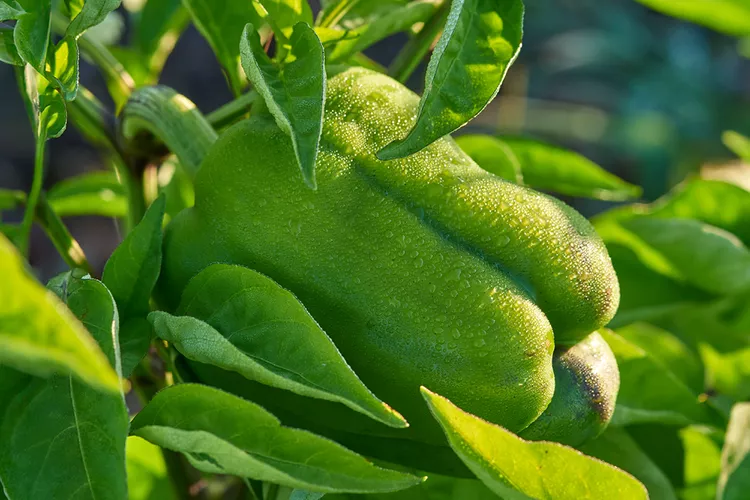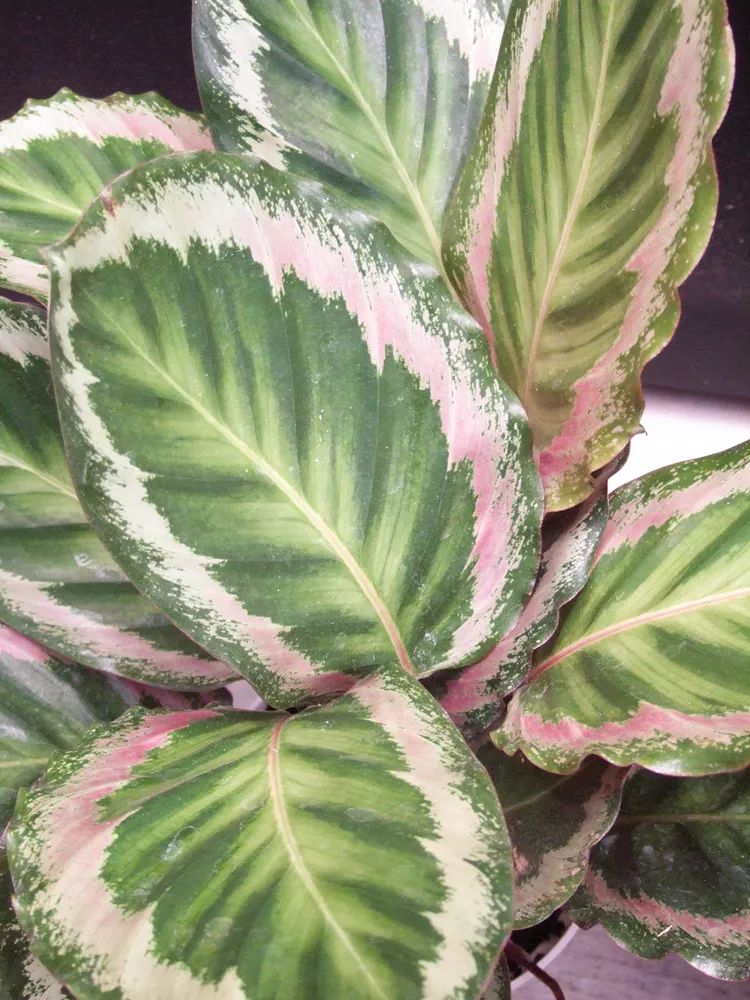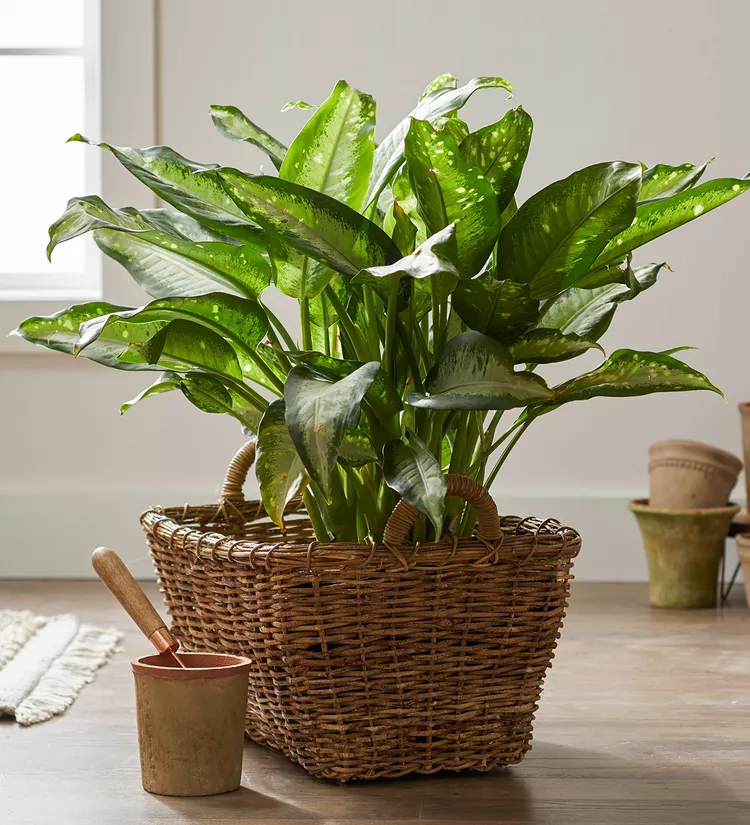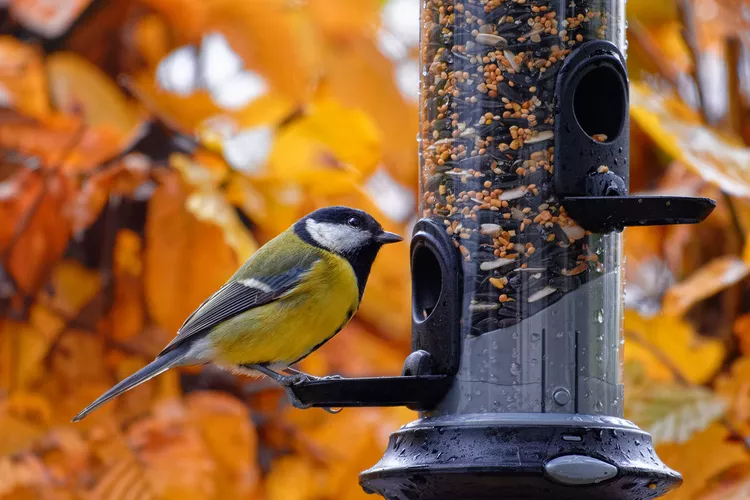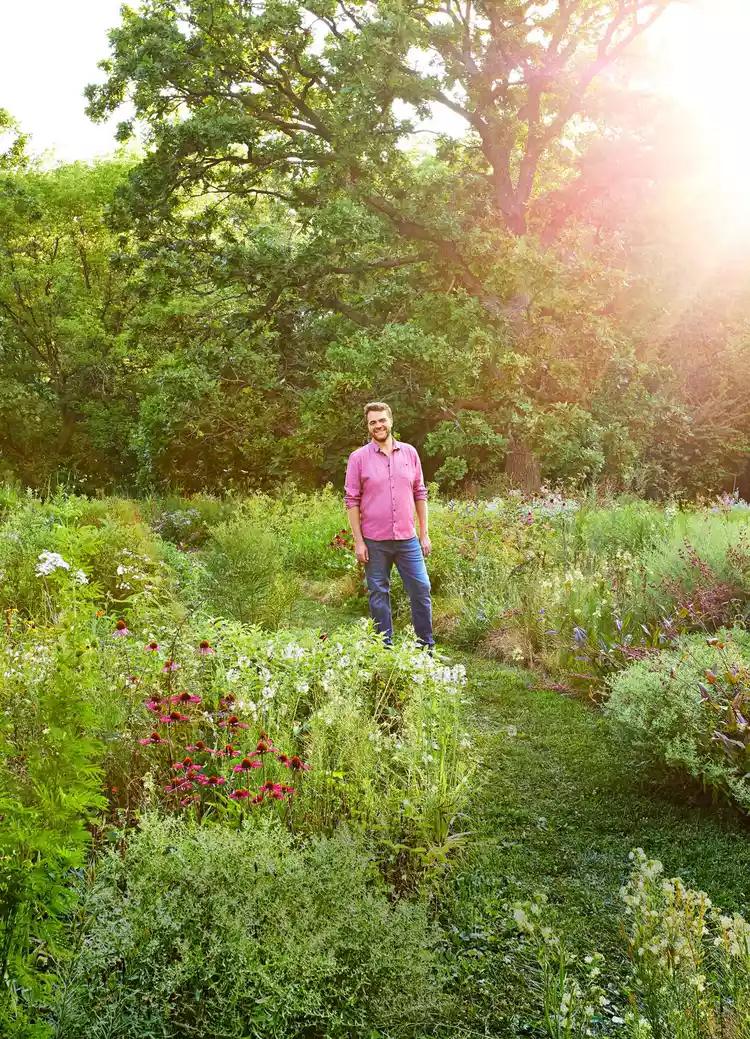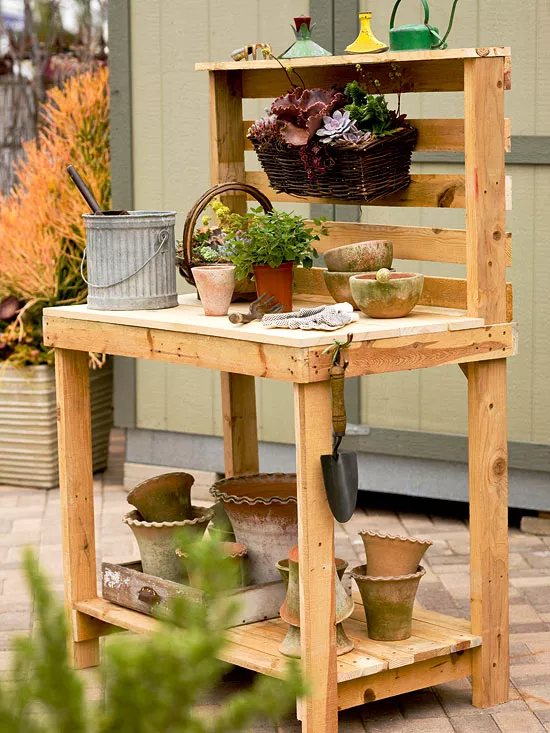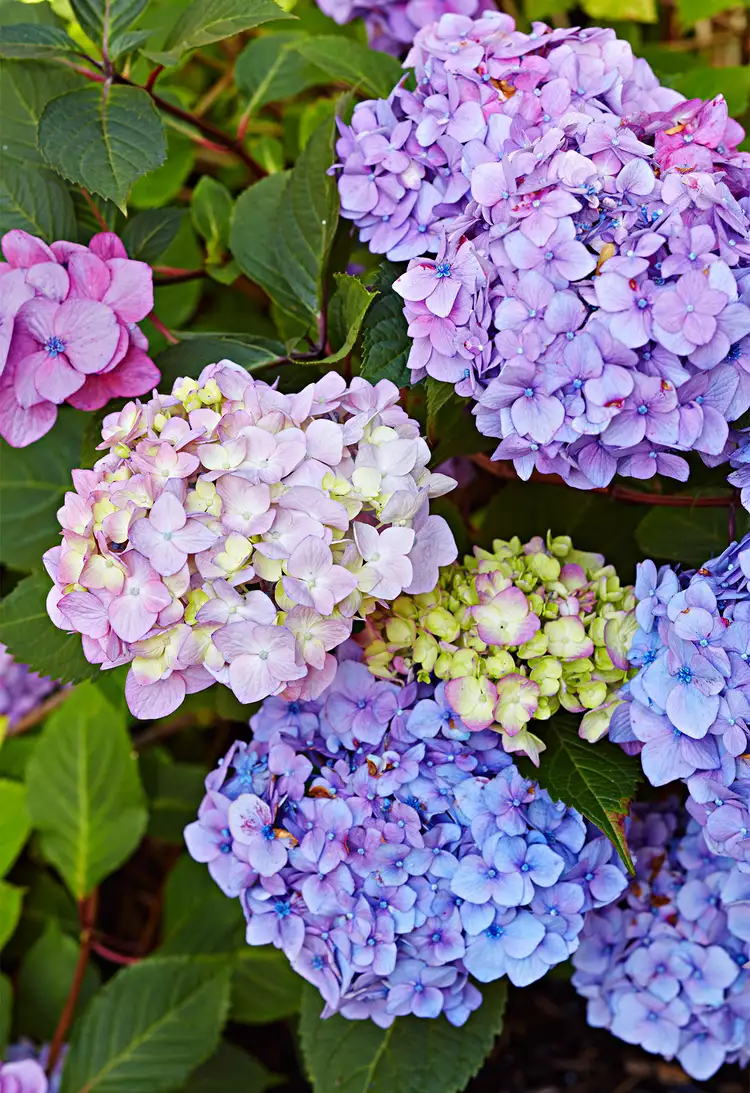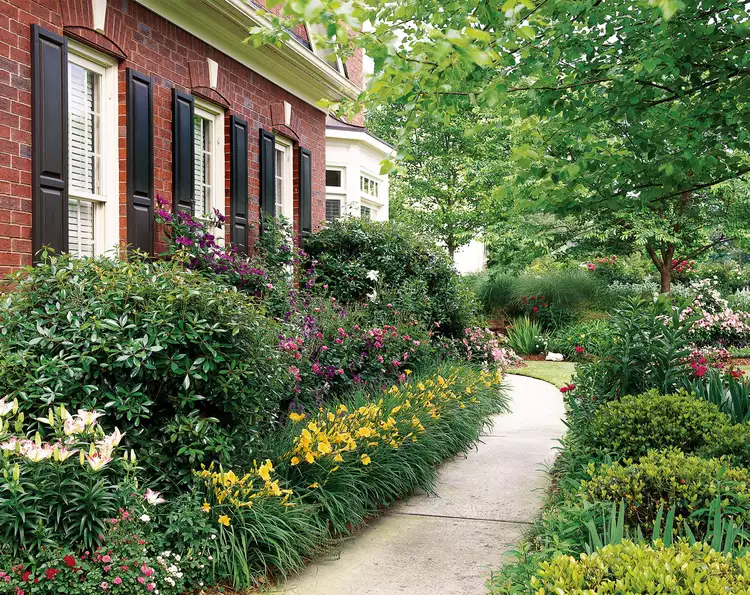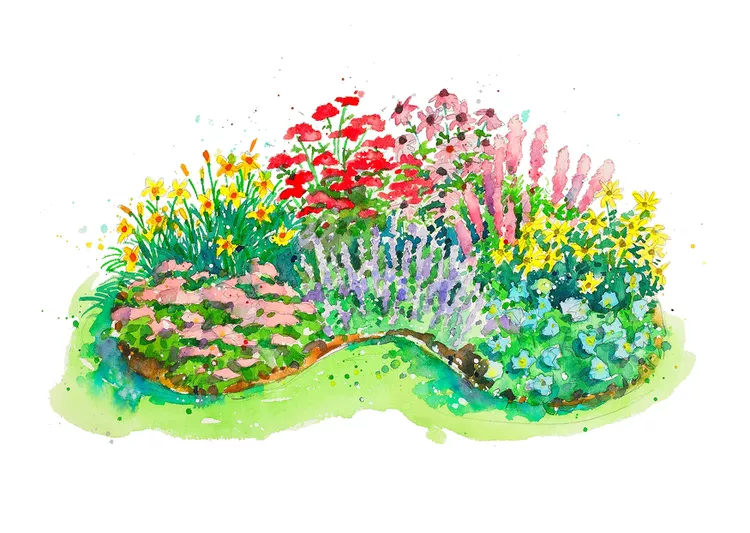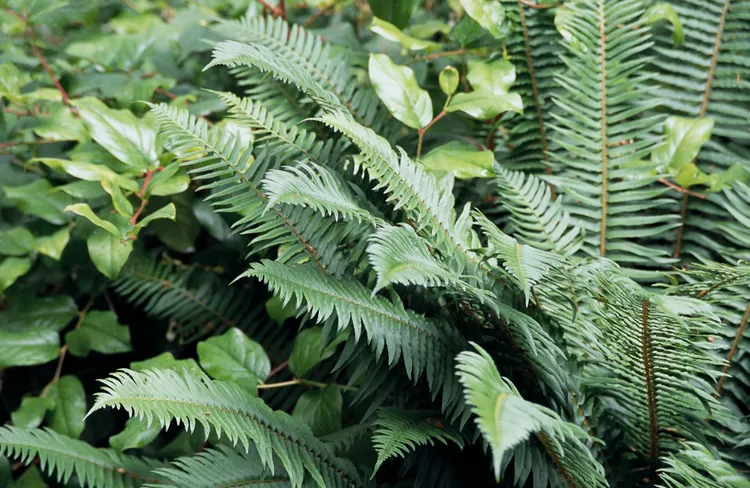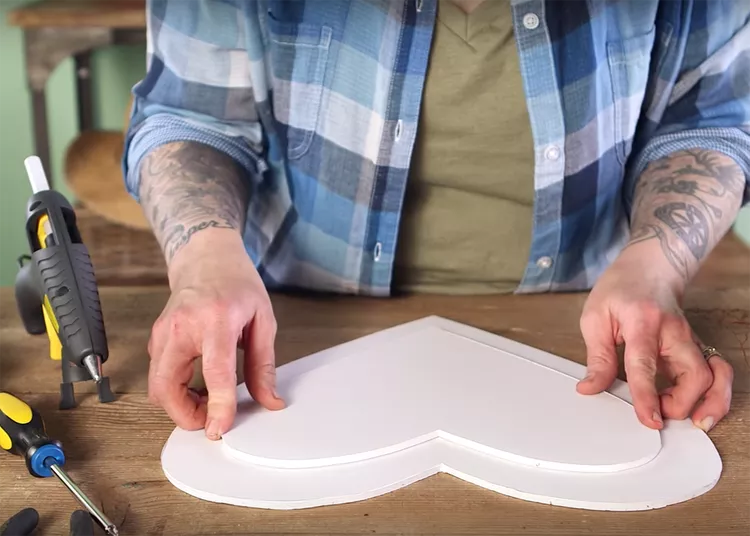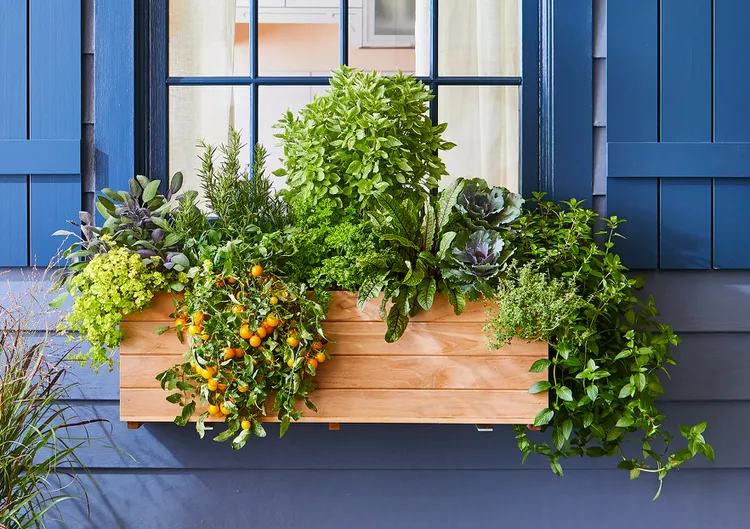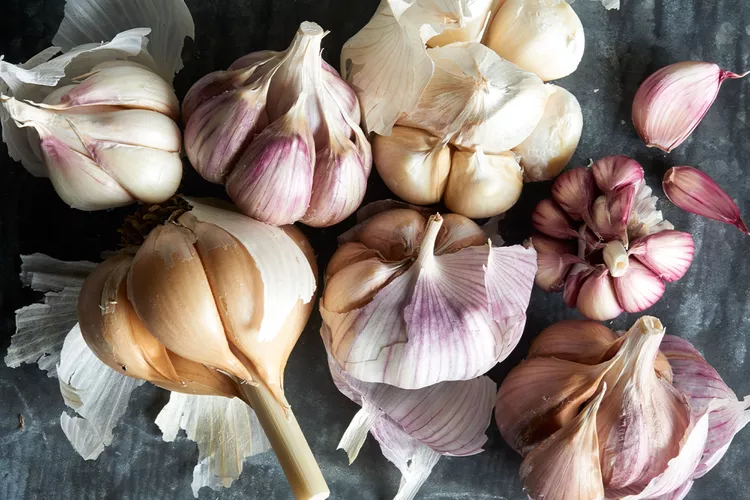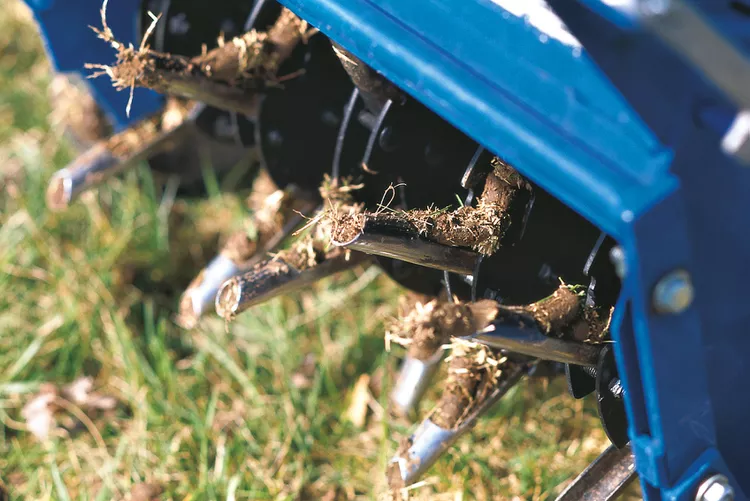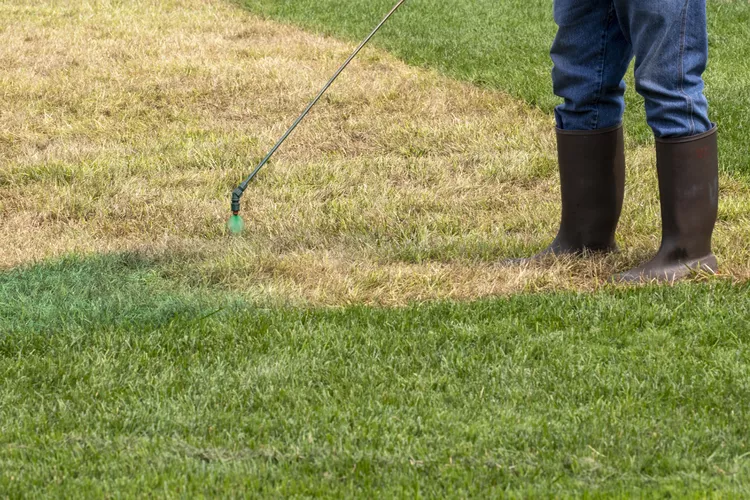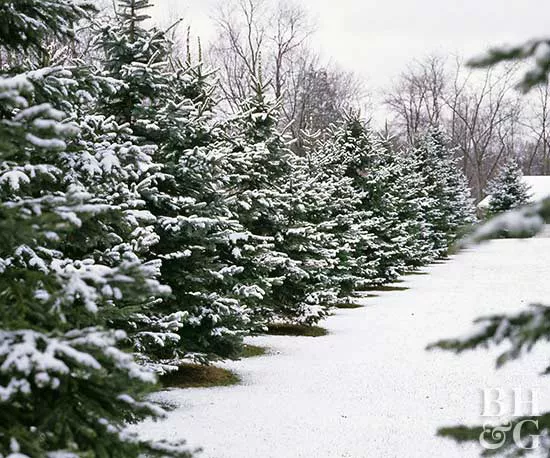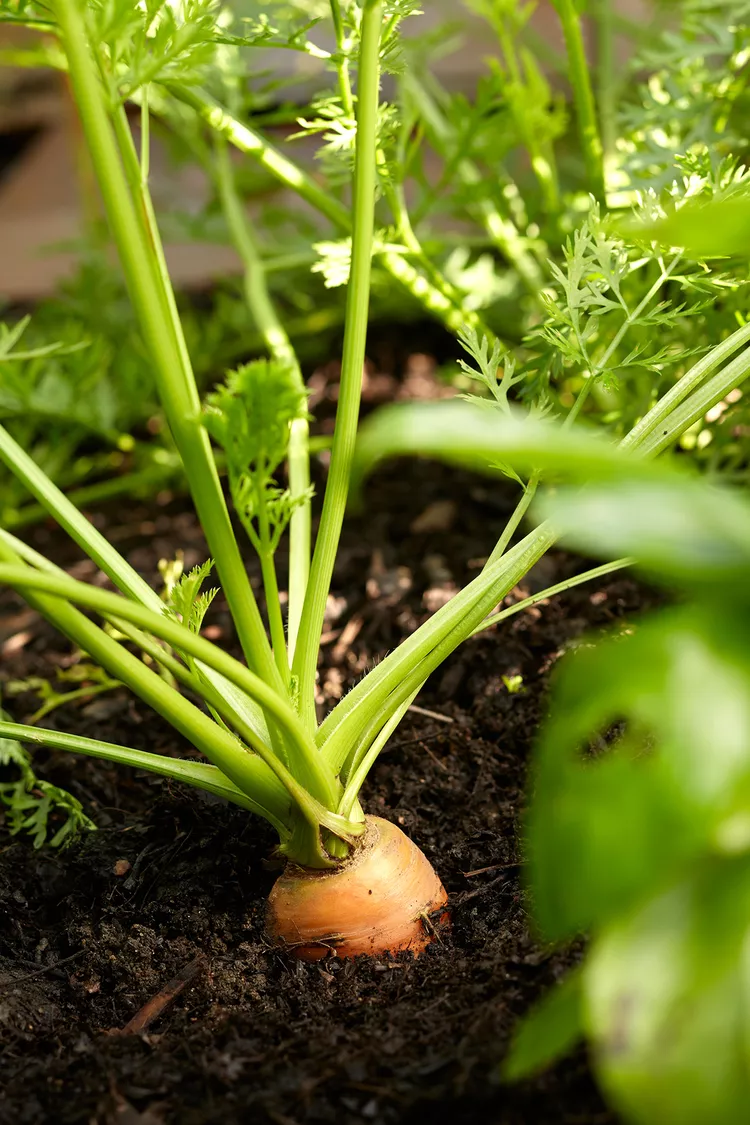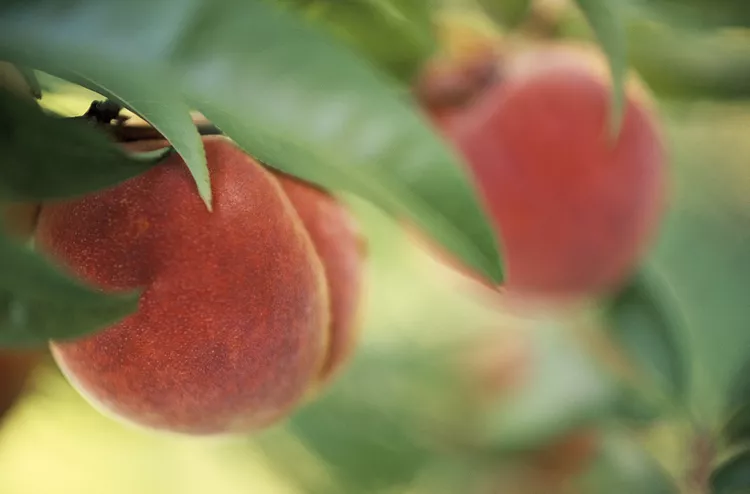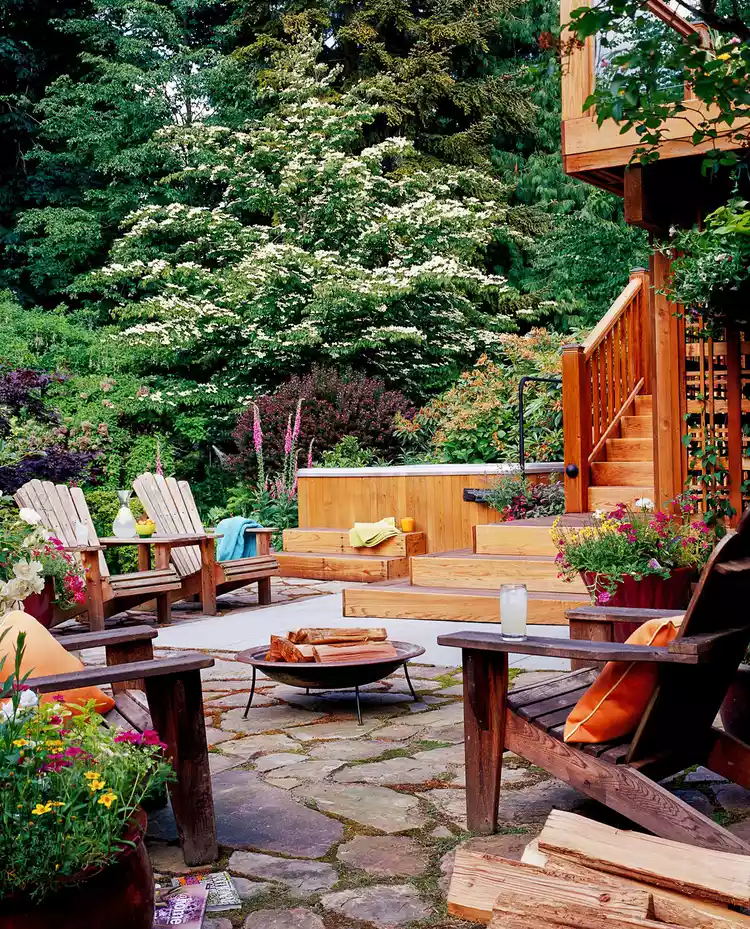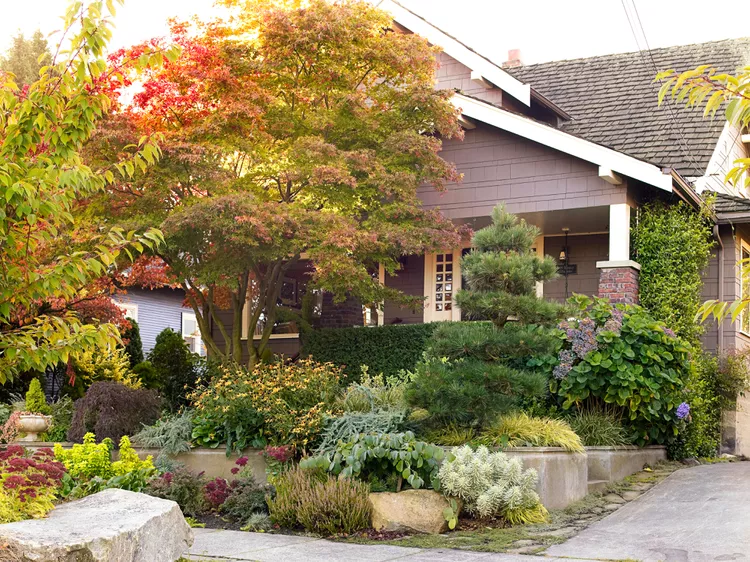Growing bell peppers in pots is an easy way to grow these versatile veggies even if you have a small garden or live in an urban environment. Whether you like to stuff them, blend them into salsa, or slice them up for fajitas, you can grow plenty of bell peppers in containers with a few supplies and a bit of know-how. The tips in this guide will help you successfully care for potted bell peppers on a balcony, patio, or wherever you have a sunny spot.
1. Choose roomy containers.
Bell pepper plants grow larger than most fiery hot chilis, so starting the plants off in large planters is important. A single bell pepper can grow in a 12-inch pot, but plants will be more productive in 5- to 10-gallon containers. Well-draining terra-cotta pots, plastic planters, or fabric grow bags are all handy for outdoor bell pepper plants, although grow bags can leak water indoors.
2. Use nursery plants for an earlier harvest.
Bell peppers can be grown from seeds or nursery starts, but you’ll be able to harvest peppers much earlier if you use pre-started plants. Fill pots with a well-draining potting mix and then pot up nursery-started peppers so that the top of the root ball is at the soil line. If you’d prefer to grow peppers from seeds, start the seeds indoors under grow lights six to eight weeks before your last spring frost date. Sow seeds ¼ inch deep in a quality seed-starting mix, and use a heating mat to speed up germination.
3. Protect young plants from chill.
If you’re growing peppers from nursery starts, don’t plant the peppers outdoors too early. Like other nightshades like eggplants and tomatoes, peppers are sensitive to cold and shouldn’t be planted in outdoor pots until temperatures are consistently around 60°F. You can start indoor peppers at any time of the year, but be patient when transplanting them outdoors and properly harden off the transplants first.
4. Provide lots of light.
Bell peppers are full-sun plants that need at least six hours of bright light daily to fruit. Outdoor potted peppers do well on a sunny patio or balcony, but indoor peppers usually need supplemental light from a grow light to remain productive.
5. Add support.
Unlike many chili pepper plants, bell peppers grow tall and they easily reach 3 ½ feet in height when mature. These plants don’t always need support, but they can get top-heavy during the growing season and lose branches under the weight of their fruit. Adding a bamboo stake or tomato cage to the pepper plants when transplanting them can prevent broken stems and save you the trouble of staking plants later on.
6. Water regularly.
Watering is essential to keeping a vegetable garden, but it’s even more critical with container-grown plants. Peppers in pots can dry out much faster than plants in garden beds, so you’ll want to check pots often and water when the top 1 inch of soil feels dry. Keeping plants well-watered will boost your crop of peppers, and it’s also the best way to prevent blossom end rot.
7. Fertilize as needed.
Mix compost or worm castings into the potting mix at planting time to provide peppers with a slow release of nutrients and increase harvest yields. However, peppers are heavy feeders that need additional applications of liquid or slow-release granular fertilizers throughout the growing season. Liquid fertilizers are typically applied once every two to four weeks, while granular fertilizers are applied more sparingly. Always check the fertilizer packaging for specific application instructions.
8. Know how to prune.
Bell peppers typically don’t need as much pruning as smaller pepper varieties, but they grow more prolifically with a well-timed clipping or two. Snipping away the lower leaves around the bottom of pepper plants can reduce the incidence of pepper diseases and pests, while pruning off suckers funnels the plant’s energy toward fruit production.
9. Watch for pests.
Pests are usually not a problem on potted pepper plants, and they’re even rarer on indoor peppers, but pests can still crop up occasionally. Common pepper pests include aphids, flea beetles, and cutworms, and deer may also nibble on pepper plants. Most of these pests can be managed with companion planting, and plant collars are particularly effective against cutworms.
10. Harvest at the right time.
Bell peppers can be harvested as soon as they reach a usable size. Green bell peppers, while not fully mature, are edible and tasty. However, to get the best flavor out of your bell pepper plants, wait until the peppers are fully ripe and colored in bright shades of red, yellow, orange, or purple. Check plant labels and seed packets for the mature color of the bell peppers you’re growing. Harvest peppers by snipping off the fruit with sharp pruners, leaving a bit of stem attached to each pepper to help your harvest last longer in the fridge.
